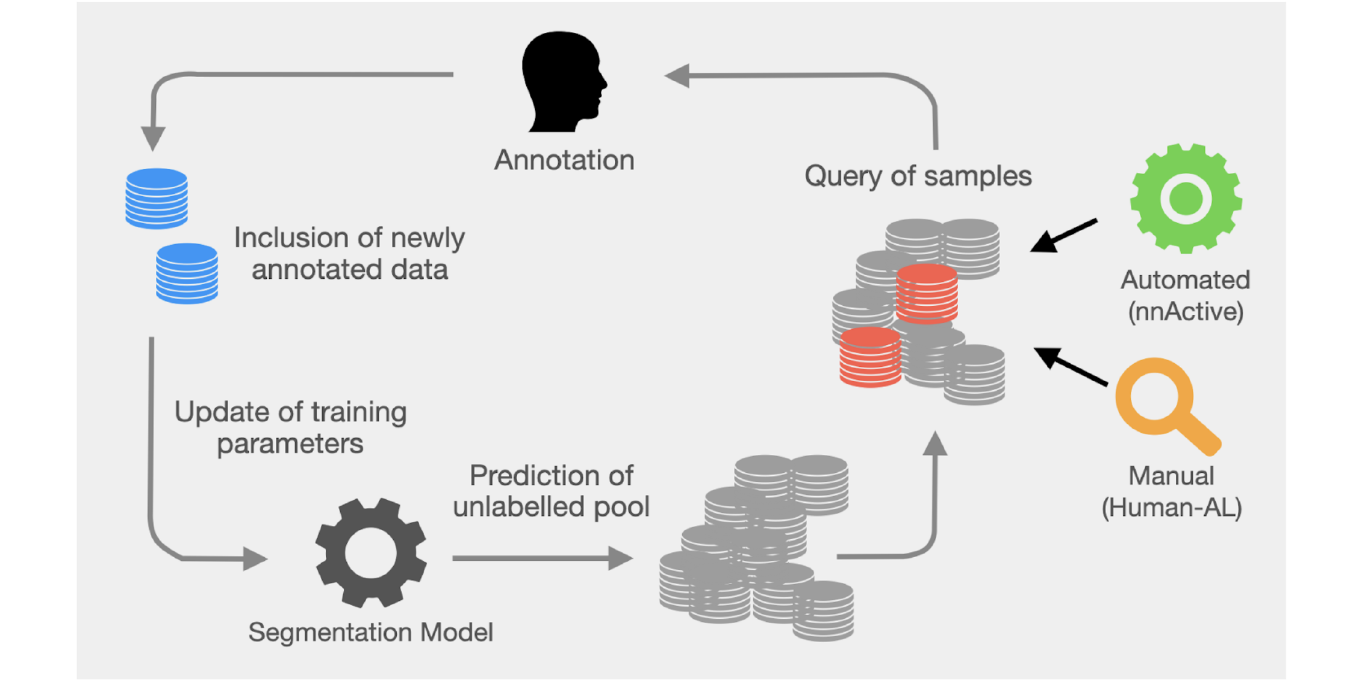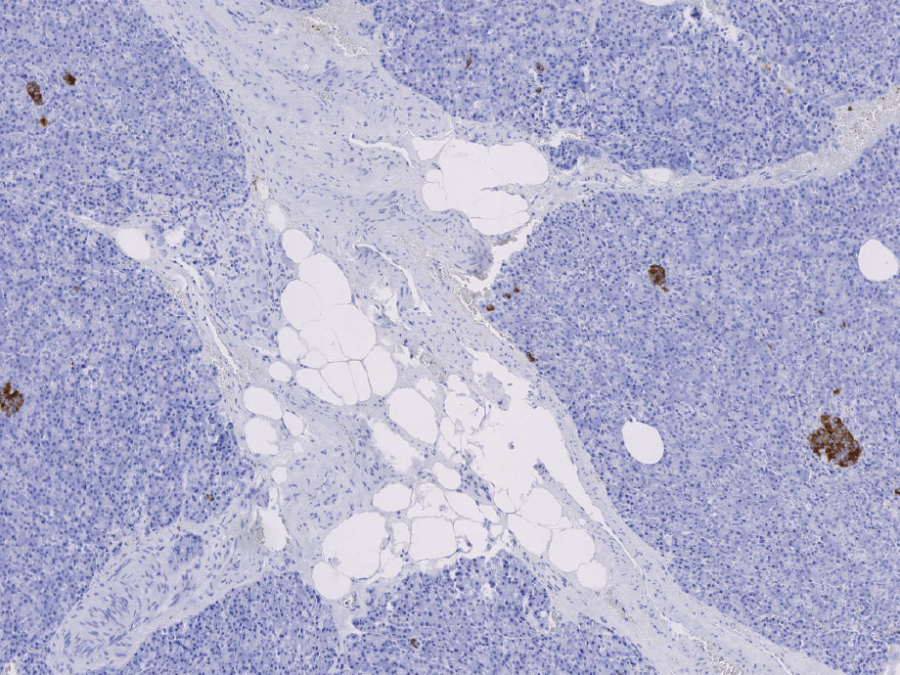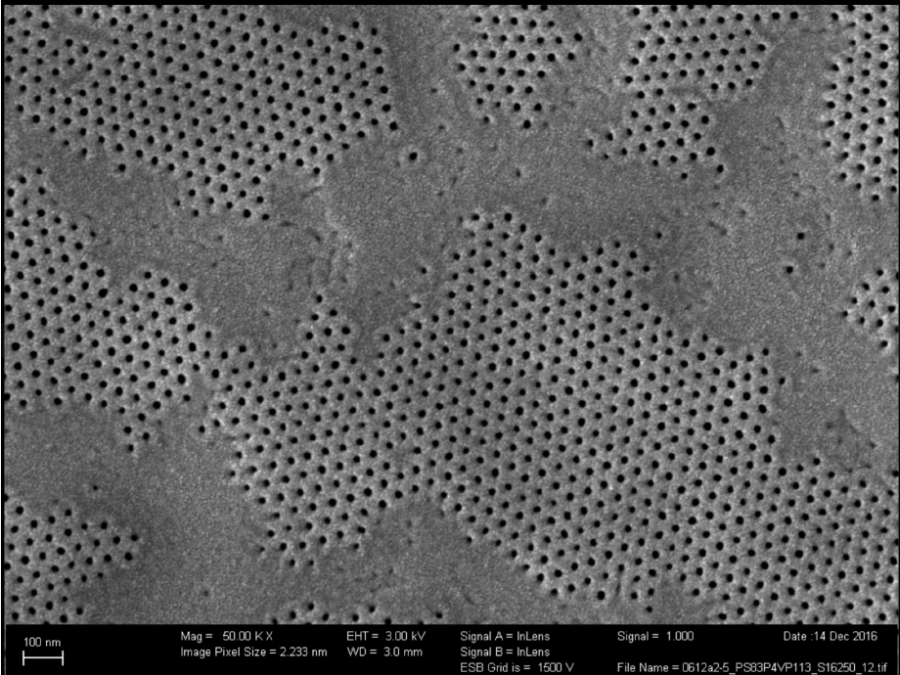Active Learning-enabled Generation of (Patho-)Physiological Lung Architectures for Pulmonary Medicine (ALEGRA)

ALEGRA aims to discover new insights into the morphology, physiology, and functionality of mammalian lungs. Therefore, quantitative parameters will be extracted from light sheet fluorescence microscopy images featuring comprehensive annotations of unprecedented detail for structures of interest such as hollow airways, blood vessels, as well as alveoli. These annotations are made possible by a novel active learning approach for semantic segmentation, nnActive, which will be developed as part of this project.
Other Collaborations

Detecting Type-2 Diabetes in histopathological images for a better understanding of biological processes behind the disease
Type-2 diabetes is a chronic disease affecting about 500 million people worldwide. Despite extensive research over the last decades, exact biological processes leading to a deteriorating insulin production are not yet fully understood. By building models that are able to classify whether a patient has type-2 diabetes or not from whole slide images of the […]
Connecting membrane pores and production parameters via machine learning (COMPUTING)
Isoporous block-copolymer membranes play a fundamental role in the filtration of liquids and can, for example, be used to purify drinking water. Despite recent progress in understanding the membrane formation process, finding suitable production parameters for a given precursor material (such as polymers of a certain length) still occurs in a trial-and-error fashion, wasting materials, […]